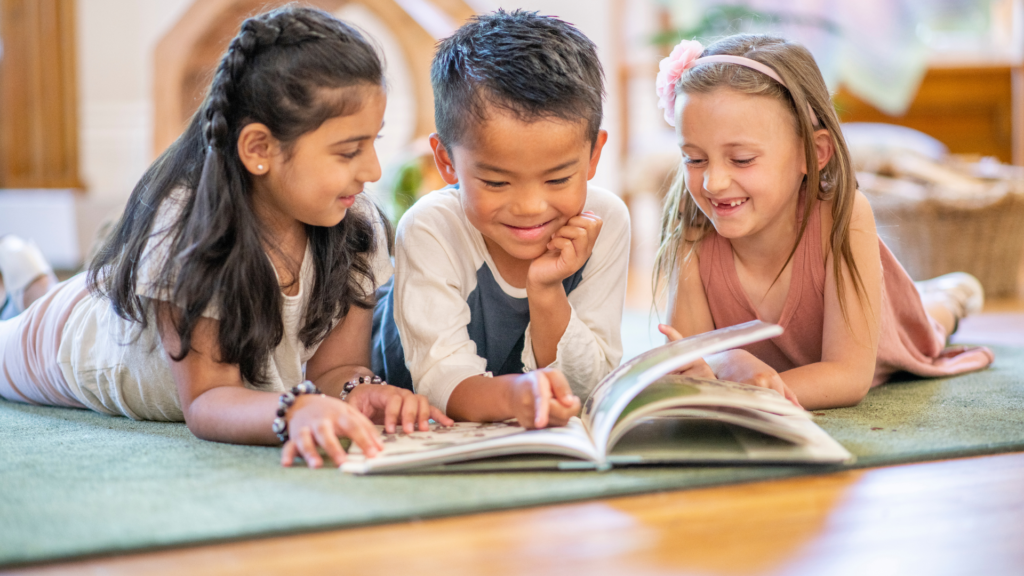
In recent years, novel therapy treatments have arisen to help children’s mental and emotional well-being. Sharing a book in “Shared Book Reading” and practicing “Mindfulness” are two very successful methods. These approaches engage children while simultaneously creating a safe and supportive atmosphere for therapeutic growth.
Shared book reading is when parents, caregivers, or therapists read aloud to youngsters. This approach extends beyond simple storytelling to an engaging an interactive experience that can benefit a child’s cognitive, emotional, and social development. The advantages of group book reading in therapy include:
Mindfulness practices are exercises that help people focus on the present moment, fostering awareness and acceptance of their thoughts and feelings. When utilized with children in treatment and therapy sessions. The main mindfulness practices are mindful breathing, mindful listening and mindful looking. These mindful exercises can provide several benefits:
Combining Shared book reading with mindfulness practices whether with a group or 1 on 1 situations, yields an effective and potent therapeutic tool. Books may explain mindfulness
concepts in a relatable and interesting manner, making it easier for youngsters of different ages to comprehend and apply these approaches. For example, a story about a character who overcomes fear by deep breathing can be both a narrative and a practical guide for the child.
Therapists can also utilize mindfulness exercises before or after reading sessions to help children concentrate and think on the text. This integrated approach can enhance the therapy experience, making it more effective and pleasurable for the child.
To conclude, shared book reading and mindfulness practices offer valuable benefits in child therapy. By integrating these methods in speech therapy and other type of therapy such as
occupational and psychomotor therapy can help improve various skills mentioned above such as emotional regulation, attention and listening skills and work on therapy goals in a more effective and engaging way. These methods create a holistic approach to supporting children’s cognitive skills, emotional skills and mental health.
To conclude, shared book reading and mindfulness practices offer valuable benefits in child therapy. By integrating these methods into speech therapy and occupational therapy, therapists can help improve various skills such as emotional regulation, attention, and communication in a more effective and engaging way. These holistic approaches support children’s cognitive, emotional, and mental health.
Notifications